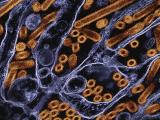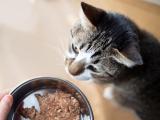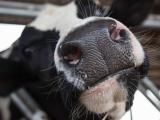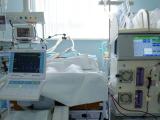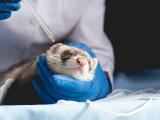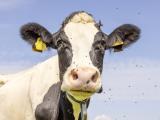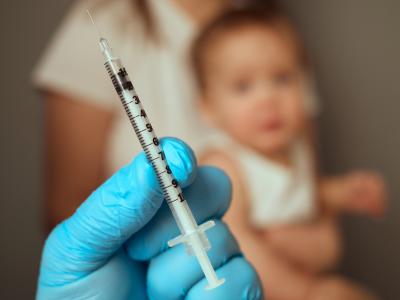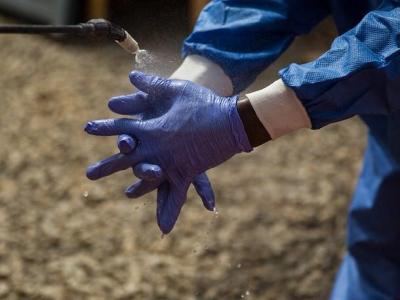Nov 29, 2007 (CIDRAP News) – The initial epidemiologic report, released today, on the United Kingdom's recent outbreaks of H5N1 avian influenza in Suffolk said the source of the virus is unknown but could have been wild birds.
The 24-page report from the UK Department for Environment, Food and Rural Affairs (DEFRA), released on the department's Web site, said the H5N1 virus infected poultry at the Redgrave Farm facility near Diss, then was transmitted by vehicles, people, or other means to a second farm owned by the same company.
The outbreak was confirmed at the first farm on Nov 13 and at the second farm 6 days later, according to previous reports.
Investigators have so far ruled out the possibility that infected poultry or poultry products, or the vehicles or people transporting them from other counties, played a role in spreading the virus to the commercial farm, which housed turkeys, ducks, and geese.
"Wild birds cannot be ruled out as a source of infection," DEFRA said in a press release today. "To date, there is no evidence of H5N1 infection in the local wild bird population or in GB [Great Britain] as a whole, but the continued surveillance may help clarify the infection status of the wild bird population."
Among other details in the report, most of the infected birds on the first farm were turkeys, but a few ducks were sick as well. The findings suggest an initial introduction of the virus into one of the groups of turkeys, rather than widespread exposure of poultry on the farm.
Genetic analysis of virus samples from birds on the two affected farms revealed that the birds were infected from a single source and that the virus most closely resembled an isolate from wild birds from the Czech Republic that was detected in mid 2007, the report said.
The isolate is distinct from the one involved in a February H5N1 outbreak at the Bernard Matthews turkey farm in Holton.
Samples from poultry on the farms that supplied birds to the two Redgrave Farm facilities tested negative, and all of the birds were hatched in Great Britain, the report said.
Investigators identified two key biosecurity concerns. One was that farm workers who traveled between the facilities did not follow simple measures such as changing clothing, disinfecting their boots, and sanitizing the feed buckets they carried to feed birds. Another was that the first affected farm, a free-range facility, was likely to attract not only migratory waterfowl from a nearby ornamental farm but also "bridge" species such as gulls.
DEFRA said its surveillance, testing, and epidemiologic work on the outbreak was continuing.
See also:
Nov 15 CIDRAP News story "H5N1 suspected at second British farm"

